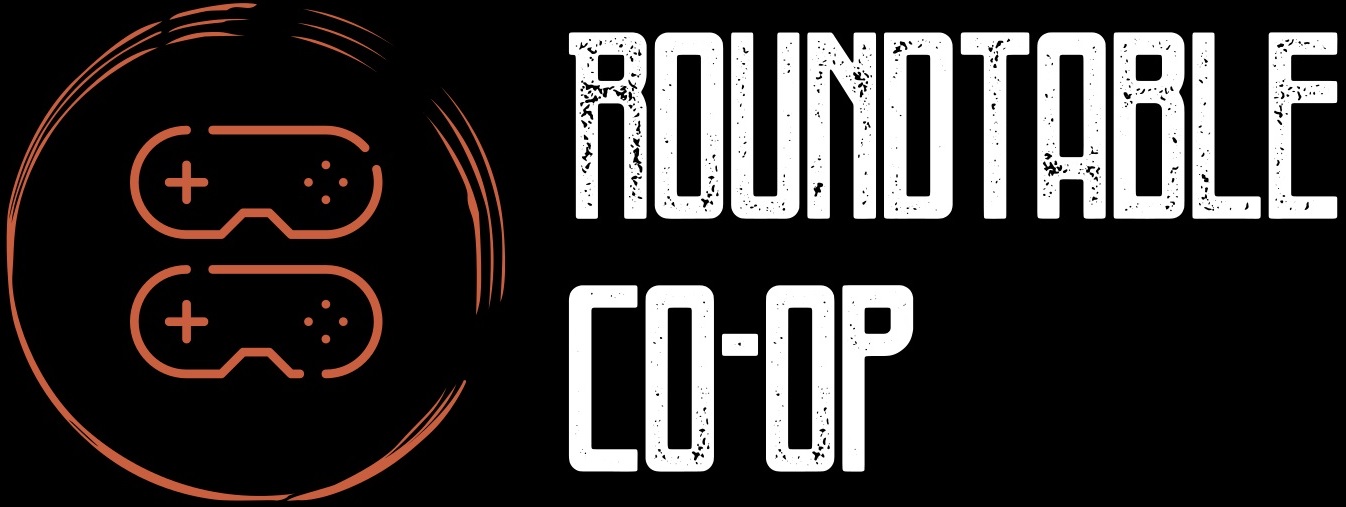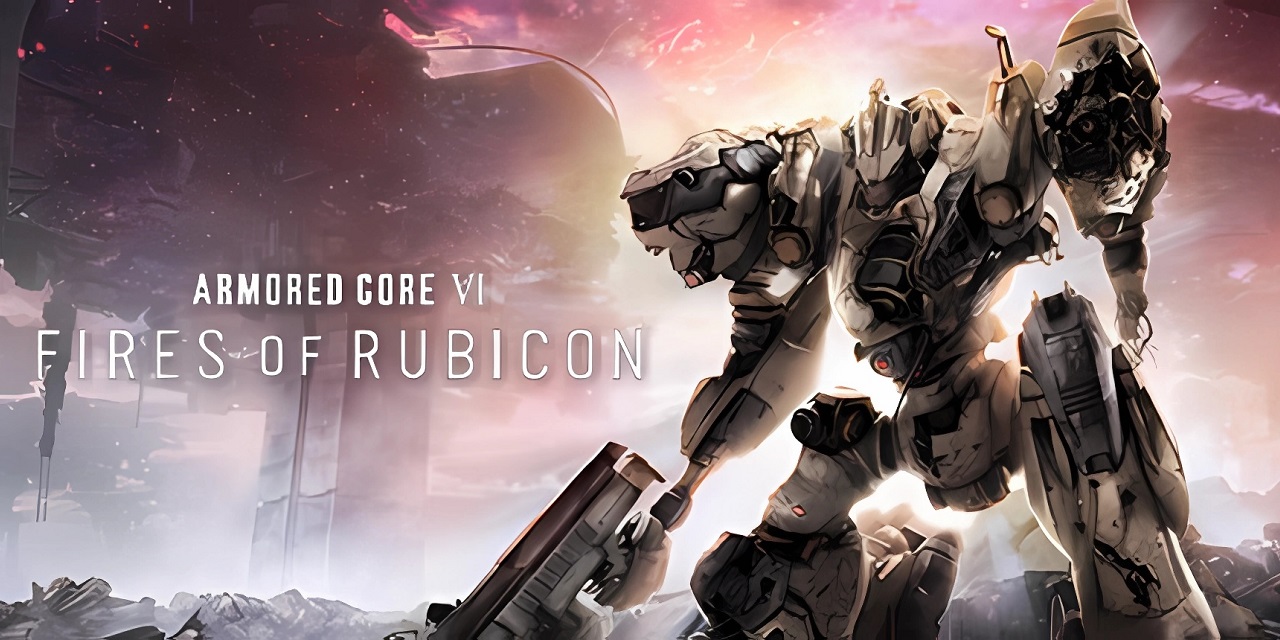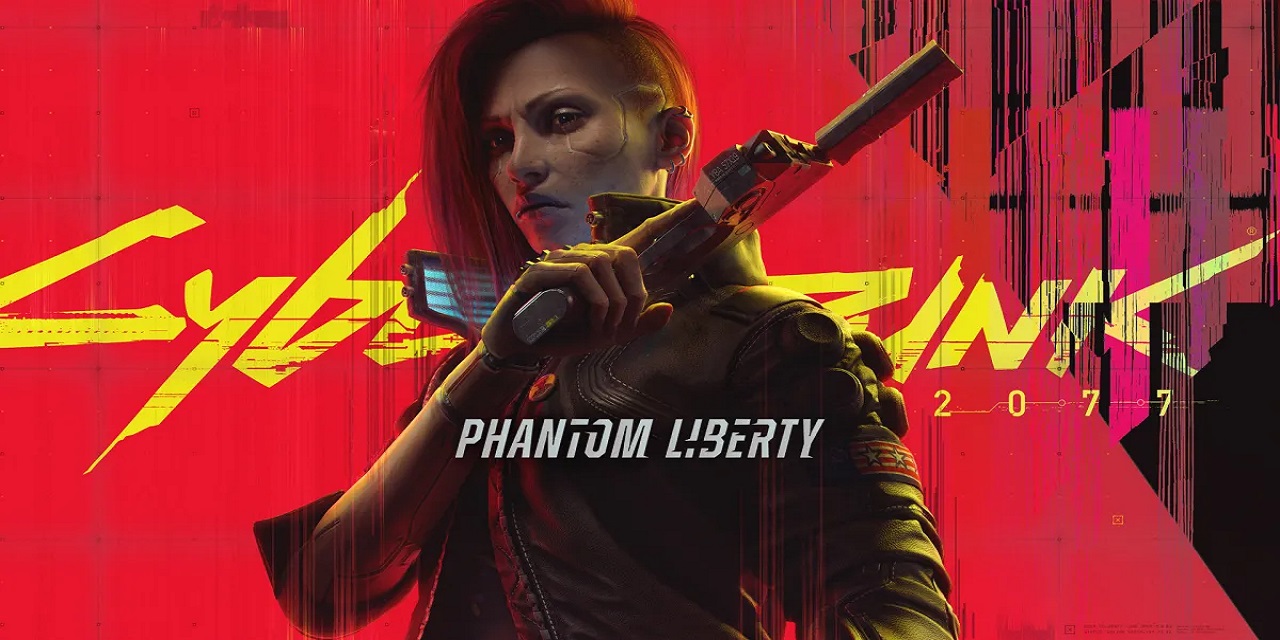Following the industry-shattering release that was Elden Ring is a tall order. Still, it’s something FromSoft is doing by bringing back an older franchise they haven’t touched for 10 years – since the year after the release of Dark Souls which has basically defined their work ever since, not to mention inspired an entire genre of “Souls Like” games. The second IP that FromSoft worked on starting in 1997, Armored Core VI: Fires of the Rubicon is the 14th instalment in the series and while the game’s release has not come close to the level of hype that Elden Ring received, has undoubtedly had many fans counting down the days to dive in.
The success of the SoulsBorne games and especially the recent juggernaut that is Elden Ring have definitely influenced the gameplay of Armored Core, which as expected has been somewhat divisive to the old Armored Core audience. Some fans love that the gameplay is more like what they love recently from FromSoft, but older Armored Core fans are more likely to resent the change. I’m entering this as a Dark Souls and Elden Ring fan who likes mechs but has never played Armored Core (but I *did* play FromSoft’s Otogi on Xbox in 2002 /nerdflex) so take this review with that framing into account.
As the Great Biscuit Man in the Sky taught, first up is the options menu. FromSoft is definitely improving here on PC but there are still some important things like FoV sliders missing, and it’s impossible to miss the design optimizing for console first and PC second. That said, there are still a good selection of graphical settings to tweak the game to run better on your system and it looks amazing in 4k on max settings. Keyboard and mouse control is the best yet from FromSoft, but core game design being based around the controller does impact it as I’ll cover later. Borderless Windowed display is present which is always important and keybindings are rebindable, with an option each for keyboard and mouse which is great. If you want to change language, you do so on the main screen under language, not in the options menu… hopefully that saves you the time it took me to find it.
Core Gameplay
Armored Core VI is not going to be for everyone due to the unforgiving, unavoidable difficulty. I died on the tutorial “boss” several times and there are stories of people not being able to beat it including a negative review that was still trying after 9 hours. This is a situation known as a filter, where you either learn the mechanics of the game or you cannot progress, and this happens in a number of games. This isn’t “the dark souls of mech games” – this is Armored Core, and the difficulty is perfectly in line with previous iterations of the game. People thought that FromSoft would need to tread a line between what Souls elements they added, because they’ve been so successful, and what Armored Core elements might have to go. If anything, it will be the Souls players that notoriously pride themselves on enjoying difficult games that might be feeling a little out of place which is amusing. That is all to say – the difficulty is a serious concern in this game. It doesn’t hold your hand and there is no levelling you can do to give you an advantage – you’re able to beat the content with the same statistics as everyone else, or you’re not.

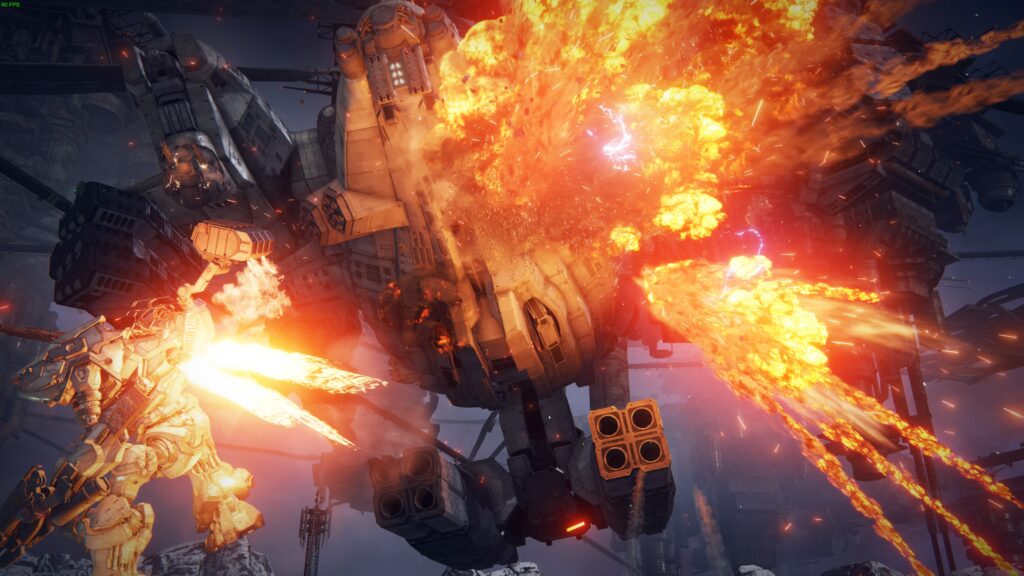
To overcome the difficulty there is a substantial learning curve for the mechanical systems and interface elements in order to master the combat. The game helps with this by focusing on particular elements one at a time, including staggered training missions and component releases so you’re never swamped with choice or challenge while learning something. Each tutorial focuses on explaining one aspect of a system at a time in a guided hands-on experience to learn it and can be repeated if necessary to help grind it in. Each successive mission, particularly those with bosses in them, will force you to learn something about the game too, which could be learning to keep your distance, optimize stagger windows, weapon selection to work with map limitations or enemy equipment, etc. It’s not for the faint of heart but if you enjoy a challenge, you will love that this is a hard but still approachable game.
Different from Dark Souls and Elden Ring is the use of missions with a checkpoint system rather than an explorable open world and very far-apart bonfires. The mission-focused nature of Armored Core VI allows for tight control over the environment, the enemy, and the resources the player has to overcome them which allows for a similarly tight design of encounter difficulty. Checkpoints are staggered throughout the missions and there’s always one right before a boss encounter. You can restart from checkpoints with full health, full ammo then go try to kill the boss again. And again. And again…
The control elements deserve special attention too, both positive and negative. There’s no escaping that FromSoft develops games in a “Japanese” way – PC optimisations are only recently entering the picture for them, and they’re still far behind Western games in this regard. Much like a JRPG where you have four abilities of a certain type, four item slots and so on, Armored Core VI gives you four weapon slots because this works well with controllers. You can make it work on PC, but it doesn’t feel as intuitive using the left and right mouse buttons, plus Q and E keys. The three types of boost (sprint, charge, dodge basically) also don’t map to standard PC control designs and need to be adjusted to.
The interface by contrast is minimalist and very well thought out, giving you all the information you need in the middle of combat without taking your eyes from the action. It takes some getting used to but seeing weapon reload, heat status, cooldowns for your own weapons in your own reticle, and all the essential information about your enemy in each of their reticles is very intuitive. Voice callouts for important information like “ammo for left-hand weapon down to 50%” also help keep attention focused on the enemy and the action fast paced.

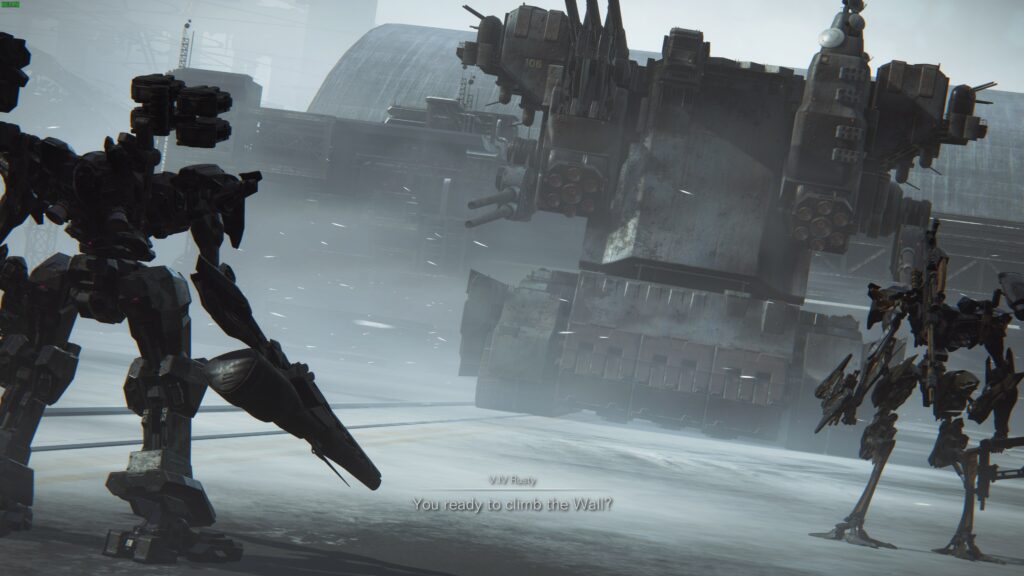



Customisation
Customisation of your mech AC is always an essential part of any big stompy robot game and there’s ample choice for it once you start unlocking a lot of the components. It’s broken into three main categories – four body components, four weapon hardpoints and three utility slots. There are hard limits on weight based on body components and on EN capacity based on the reactor. Balancing these means you can’t have the “best” of everything, you have to make compromises. There are multiple variants of most slots allowing for tradeoffs, such as a booster that thrusts upwards very high, very fast but doesn’t boost forward or sideways very well, a booster that does the opposite, and one that does the opposite but worse but is less encumbering.
The four weapon hardpoints – left and right hands, left and right shoulder – are the most fun to mess with of course. There are some hardpoint-specific limitations like laser swords only in the right hand and defensive shields only on the left shoulder, and hand weapons are separate from shoulder weapons, but there is a modification you can apply that allows you to swap your shoulder weapons for secondary arm weapons that you can’t fire at the same time but instead toggle to. There are a large number of weapons from pulse, laser and plasma energy weapons of various sizes to kinetic weapons ranging from handguns to battling cannons, to explosive weapons like multiple missile launchers and grenade launchers and for the most part, you can make a lot of combinations work throughout Armored Core VI but there are definitely strengths and weaknesses that will make you want to swap it up sometimes.
Selecting from head, torso, arm and leg/track components is important as it provides the base statistics and even movement type of your AC. The two primary facets here are movement style from legs and overall weight of the mech – light and nimble or heavy and durable. A lot of players have fun with a “meme tank” build using the tracked mobility type which allows for high durability and heavy loadout but at the cost of rapid maneuverability. Another non-standard movement type is the quad-leg which has a special hover option the others do not have, where at low energy cost you can hover for a very long time.
The three final components are booster, reactor and combat software. The reactor is the basis for EN capacity, allowing for more energy-intensive components like heavy frames and laser or plasma weapons, but has tradeoffs between capacity and recharge speed amongst others. The booster has three main variables – boost speed (sprint), quick boost speed (dodge), and thrust (how high you can fly) and this will really impact your maneuverability in combat. Combat data lets you make tradeoffs between close, medium and long-range combat ability letting you specialise in one or be a generalist.
An added bonus that doesn’t materially impact gameplay is the styling of the mech which is always fun too. Watching content creator Rimmy spend 30 minutes making a NATO mech was… an experience. The interface is very cumbersome for this especially if you want to make your own designs, but at least it’s there and actually quite feature-rich.


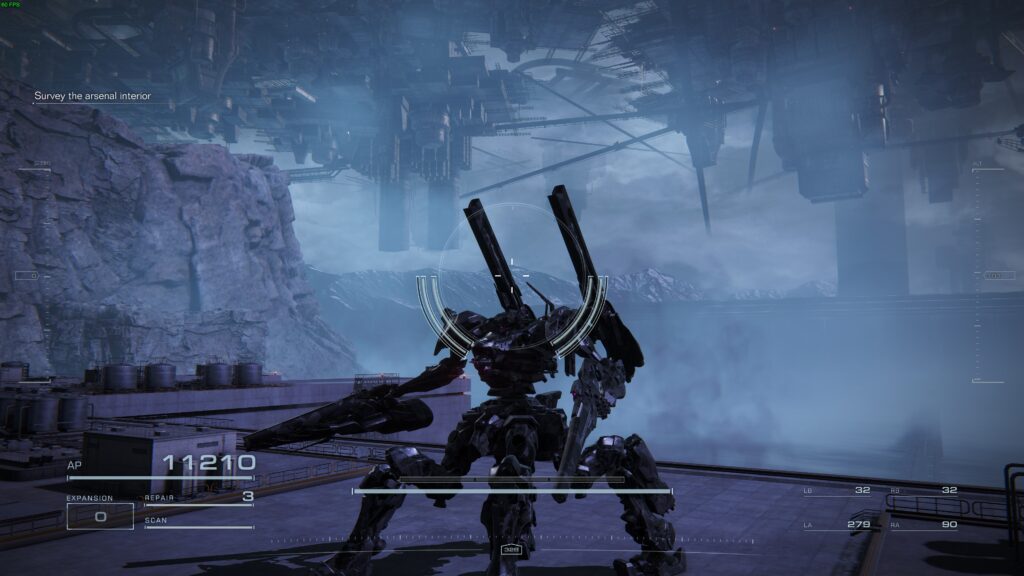

Campaign and Story
The story of Armored Core VI starts slow, the first half is full of introducing new characters and factions which can be a bit hard to take in as there’s not much you can go off to distinguish them from each other as they’re just disembodied voices coming to you through comms. It improves in the second half however when things start coming to fruition and there are multiple endings which always helps encourage more playthroughs.
The campaign is minimal and focused. Being mission-based rather than open-world you’re constantly fed small doses of the story with pre- and post-mission dialogues, with some more being revealed inside most missions. It’s not the environmental storytelling of Dark Souls for the most part, but the environment does fit well with the story.
The atmosphere of Armored Core VI is suitable for the setting. A far future society with advanced technology and many dystopian elements is reflected well in the design of the stages and their often epic backdrops, the voice acting varies suitably between clipped militaristic, boisterous merc, sterile scientist and so on, with both the Japanese and – rare in my opinion – the English voice acting is very good, so much so I’m using English instead of Japanese which I never do when I have the option of Japanese. The music is suitable electro-mechanical and hypes up the fast-paced combat.



FromSoft has a solid place in the hearts of gamers for producing games that deliver unique, rich experiences without most of the modern flaws of gaming such as microtransactions and always-online requirements. They have worked on their primary criticism, that being terrible PC optimisations (common to Japanese developers) but still have some way to go there to fully appease a Western audience. This holds true in Armored Core VI with it still being my main problem with the game – anything else is a more subjective preference. The gameplay (combat) takes priority over the story. It’s highly polished, tactile, responsive, and behaves as you expect it to. The story is a perfectly fine platform to deliver the combat to the player for me, but it won’t be competing head-on with Baldur’s Gate 3 for awards here.
I highly recommend Armored Core VI: Fires of the Rubicon to gamers looking for a fair, surmountable, stiff challenge – you will find playing and beating the game very rewarding. If you’re perhaps a little older with worse reflexes, are more prone to getting frustrated by punishing challenges, or if you really don’t like mechs then this likely isn’t the game for you. New Game Plus will also extend the roughly 20-hour campaign by giving you choices to make in a repeat playthrough leading to alternate endings, alongside new missions to complete and new frame parts to play with. Both Armored Core and Souls players should not just get their money’s worth from Armored Core VI but have an experience they’ll remember for a long time to come too.
This review utilised a key provided by Bandai Namco and Armored Core VI: Fires of the Rubicon is available now on Steam for $AU89.95 or $AU104.95 for the Deluxe Edition, PlayStation 4/5 ($AU99.95) and Xbox One/Series X|S ($AU104.95).
#roundtablecoop
